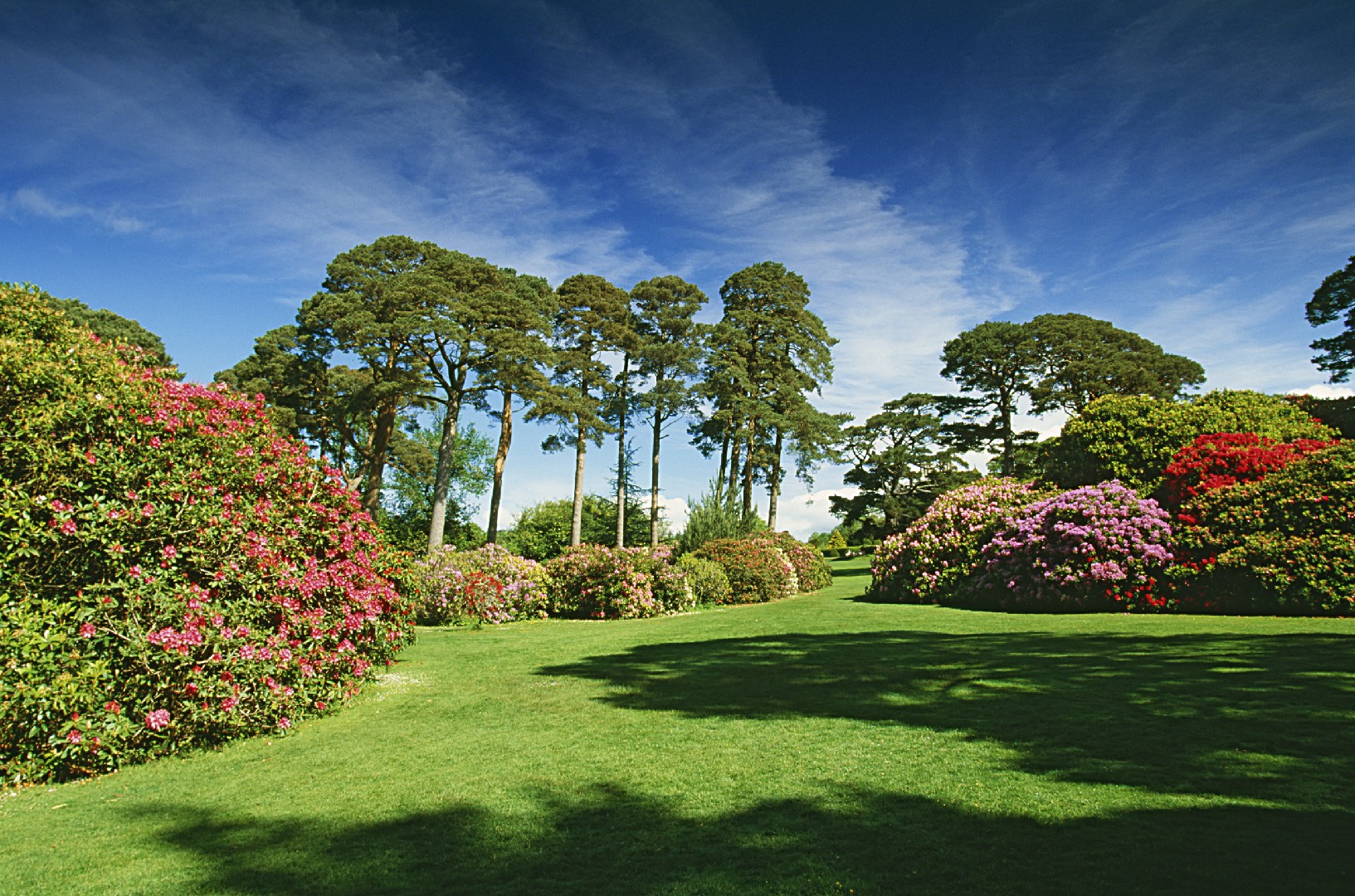![Rectangle]()
Understanding Sustainable Hardscaping
Sustainable hardscaping is an essential aspect of modern gardening that focuses on creating environmentally friendly and low-maintenance outdoor spaces. It involves the use of eco-friendly materials and design principles that minimize the negative impact on the environment, conserve natural resources, and promote sustainability.
One of the key principles of sustainable hardscaping is the use of permeable pavement. Permeable pavement allows rainwater to infiltrate into the ground, reducing stormwater runoff and replenishing groundwater reserves. This not only helps to prevent flooding but also ensures that rainwater is naturally filtered, improving its quality. Permeable pavement can be made from materials such as permeable concrete, porous asphalt, or permeable pavers. These materials allow water to pass through the surface, where it is stored temporarily or directed to a rain garden or infiltration bed.
Another eco-friendly hardscaping material commonly used in sustainable garden design is recycled materials. These can include recycled concrete, bricks, and stones, which reduce the need for new extraction and manufacturing processes. By repurposing these materials, we can minimize waste and conserve natural resources. Additionally, using recycled materials can add a unique charm and character to your outdoor space.
Locally-sourced stones are also a popular choice in sustainable hardscaping. By sourcing stones from local suppliers, you can reduce the carbon footprint associated with transportation. Local stones are often more in tune with the regional aesthetics and blend seamlessly with the natural surroundings. This not only enhances the overall look of your garden but also supports local businesses and reduces environmental impact.
One of the key benefits of sustainable hardscaping is its lower maintenance needs. By incorporating sustainable hardscaping elements into your garden design, you can significantly reduce the time and effort required for maintenance. For example, using permeable pavement reduces the need for regular cleaning and maintenance of traditional impervious surfaces. Recycled materials and locally-sourced stones also tend to weather well and require minimal upkeep.
To implement sustainable hardscaping in your garden, start by assessing your outdoor space and identifying areas where hardscaping can be incorporated. Consider the specific needs and goals of your garden, such as creating a patio, pathway, or seating area. Research and choose hardscaping materials that align with your sustainable principles and aesthetic preferences.
When designing your hardscape, be mindful of the overall water management plan. Incorporate elements such as rain gardens, bioswales, or French drains to direct and retain water. Plan for proper drainage to prevent water pooling or erosion issues.
Overall, sustainable hardscaping offers an opportunity to create beautiful, functional, and environmentally friendly outdoor spaces. By understanding the principles and materials associated with sustainable hardscaping, you can design a garden that not only enhances the beauty of your surroundings but also promotes sustainability and conservation of natural resources. Embrace sustainable hardscaping practices and enjoy a greener, more eco-friendly garden.





